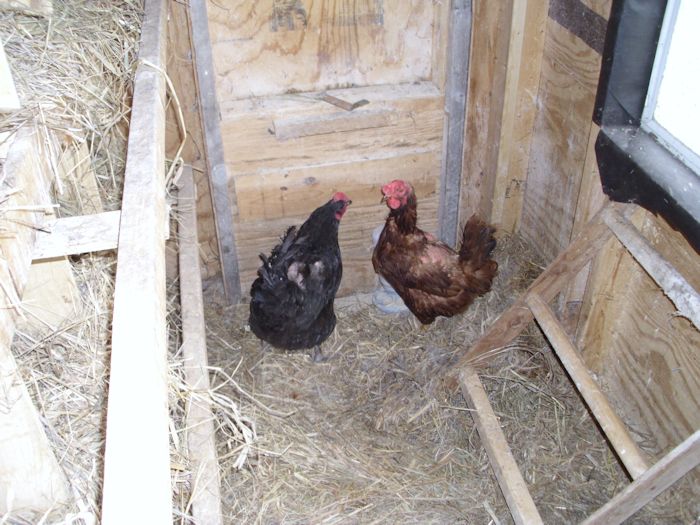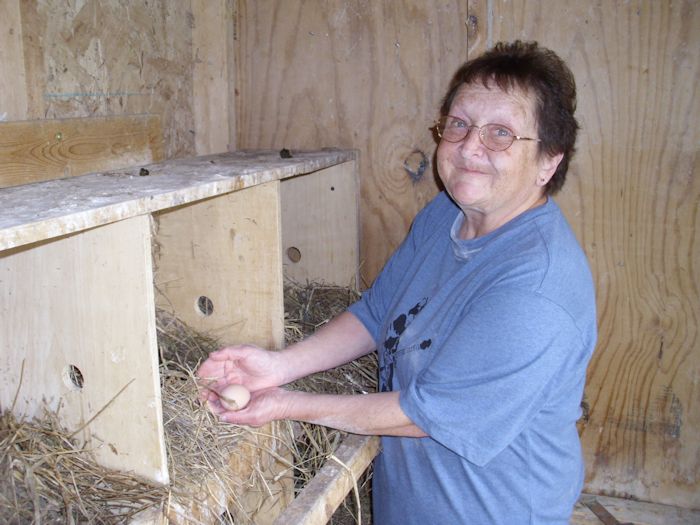I’ve talked about grass hay in the past (Adding Chickens to the Coop and Easter Bunnies (Part 2)). Grass hay is field grass that we let grow long, cut with a weed whacker, and then use as you would normal hay. With the price of alfalfa (the hay that most people are familiar with) going way up due to last year’s drought, we’ve expanded our use of grass hay substantially. This summer has seen the grass grow quite tall in our orchard. I’ve been out there with the weed whacker as needed to get what we need and I’ll soon cut down the rest to use this winter.
Generally, the grass hay is used green during the summer for feeding the rabbits. It can also be used in hay feeders for horses. In winter, we can use dried grass hay for feeding the rabbits, but usually feed them pellets instead. However, in order to use grass hay for bedding, we need to let it dry. The chickens definitely don’t enjoy a wet bed.
Initially we used the garden tractor to cut the grass hay. After all, it’s quite fast. However, using the garden tractor creates several problems. The most important issue is that the garden tractor tends to cut the grass too short for bedding and the rabbits don’t appreciate the mashed grass. In addition, grass cut with the mower tends to mildew, rather than dry properly. Using the mower is also quite hard on the mower, as I found out after having to replace one of the pulleys on the deck because it stripped due to the excessive load. Of course, cutting the grass with a weed whacker is also better for the environment (less gas used for the same area of grass) and better exercise. The biggest downside of this approach is that it’s time consuming.
Drying field grass is similar to drying alfalfa. However, the drying time is considerably shorter. I normally cut the grass in the morning after the dew is gone, let the grass dry until evening, and then rake it into long lines for further drying. The next day, after the dew is gone, I rake the grass over, let it dry for another few hours, and then put it into feed sacks for later use. The grass hay isn’t compressed as bailed alfalfa is, so you need more of it to accomplish a given task. The use of feed sacks is important because it allows air to circulate around the grass. Otherwise, the grass could heat and spontaneously combust; causing a fire.
Our field grass is actually made up of a number of grasses (such as canary and broom grass) and other plant types (such as millet and Queen Anne’s Lace). We also have many of the native grasses growing in our orchard (where we harvest our grass hay). It’s normally best to wait until the grass goes to seed so that the animals obtain the nutritional benefit of the seed heads.
Grass hay is perfectly acceptable feed for rabbits and the chickens seem to enjoy eating the seed heads. However, it wouldn’t be acceptable feed for an animal with higher nutritional requirements, such as a cow. You need to have the right sort of feed for the animal you’re working with.
Have you ever tried making up your own grass hay? What sorts of issues did you encounter when using it? Let me know your thoughts about grass hay at [email protected]


